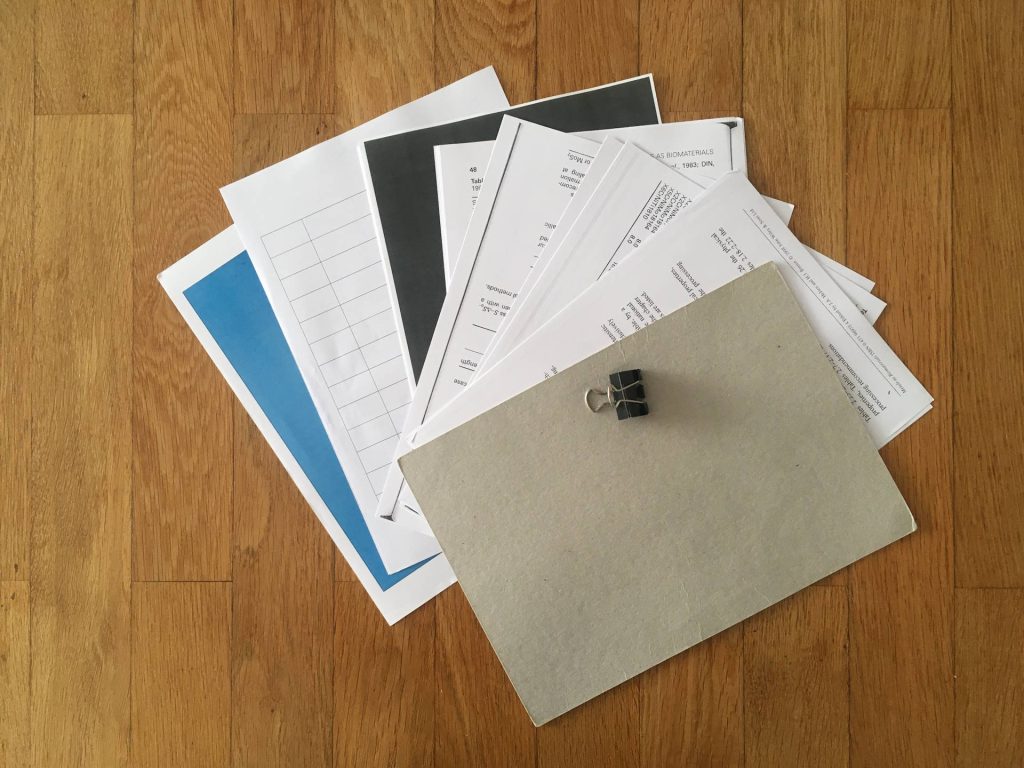This post is my entry for Indie Web Carnival June 2024 with the theme ‘DIY — Something from (Almost) Nothing’.
I like using stuff that’s discarded or otherwise just lying around. Not only from an anti-consumerist and environmental viewpoint, but also just because it’s fun te see how far you can get with scrounging from what’s lying around.
Lots of paper gets discarded while only one side has been used – if that. The recycling bin at work is often filled with good as new, uncrumpled paper printed only on one side: misprints, handouts, once-read reports that were cleaned out of a drawer somewhere, leftover assessment forms or attendance lists, etcera. Sometimes it’s two or three sheets. Sometimes whole stacks.
I collect these to fill my sketch- and notepad: a simple stack of paper with a cardboard back (also scrounged from the recycling), held together by a big black binder clip. I have a 10cm stack of free refills in my office drawer. It grows faster than I can use it up.


The fact that the paper is free and saved from the trash means there’s no ‘is it worth the nice paper in my nice sketchbook?’-decision moment before making a quick drawing, diagram, or list.
And the fact that it’s loose-leaf means that I can easily:
- spread out stuff on the table during a meeting as I fill each sheet (I’m often the first and only one at the table who starts making a quick diagram or visualization. Works wonders.)
- collect related notes and sketches that I want to keep in a set of manilla folders
- leave sheets with explanatory sketches with students after having a discussion with them (they love this!)
I’ve been this set-up it for years now. A+ would recommend!